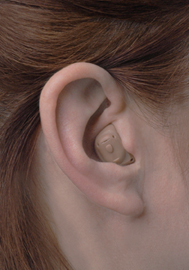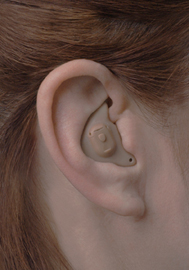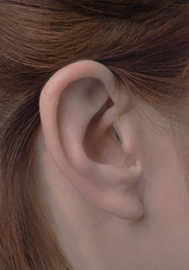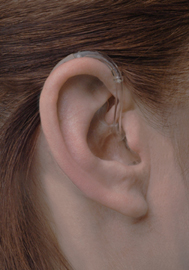Choosing a hearing aid:
When choosing a hearing aid, the most important factors are the type and degree of hearing loss. Not all styles and technology are appropriate for all hearing losses, and this needs to be taken into consideration and explained to the client.
The appropriate hearing aid should also be selected based on the following:
- Lifestyle – how and where the hearing aid will be used is important because it determines the most popular listening environments of the individual.
- Manual Dexterity – this key factor should be properly evaluated to ensure the client’s ability to handle daily hearing aid use and insertion, as well as performing manual adjustments.
- Budget – a hearing aid does not have to be expensive in order to work properly, and we offer a wide selection of brands and models designed to suit a range of budgets.
Realistic expectations when considering Hearing Aids:
The hearing test results not only show the degree of the hearing loss but also the ability of speech understanding once volume is applied. This is tested often in quiet environments and in noisy environments and does give the professional an approximation of how the individual will do with a hearing aid. This information is very important for the hard of hearing individual so he or she is not given too high expectations.
The outcome of aiding your hearing loss differ from person to person, which is why the follow ups and the 60-day trial period are so important and ultimately crucial to the success of wearing the hearing aids.
It is easier to help an individual with hearing aids at the early stages of his/her hearing loss. This is due to the fact that early stages have less limits. Since you hear with your brain, sounds stimulate it and if this audio input is lacking then you tend to forget the sound around you. The more damage you have the more difficult it is to get the comfort and satisfaction with hearing aids. However you should have a consultation with hearing professional to understand your limits and realistic expectations.
CIC
|
|
ITC
|
|
ITE
|
|
RIC
|
|
BTE
|








